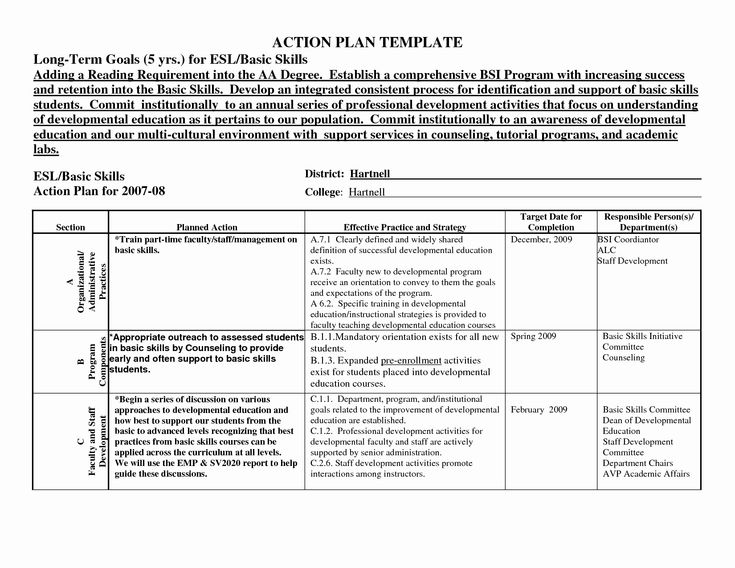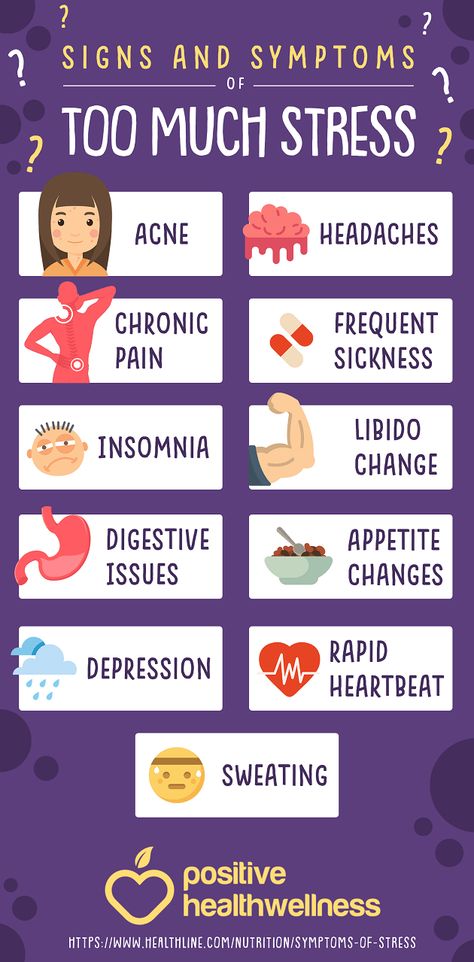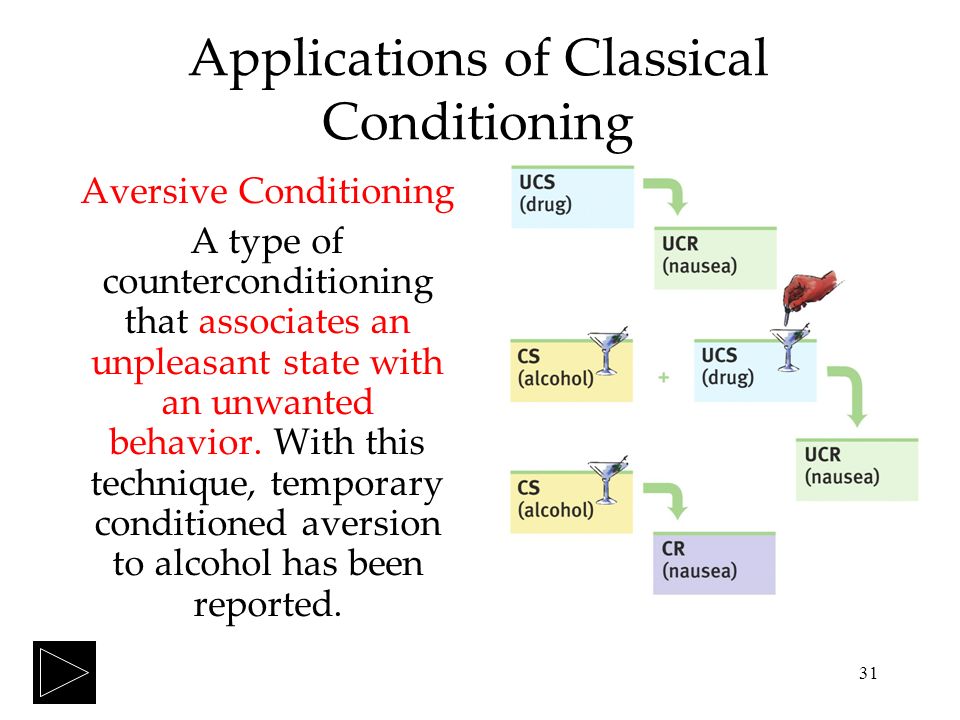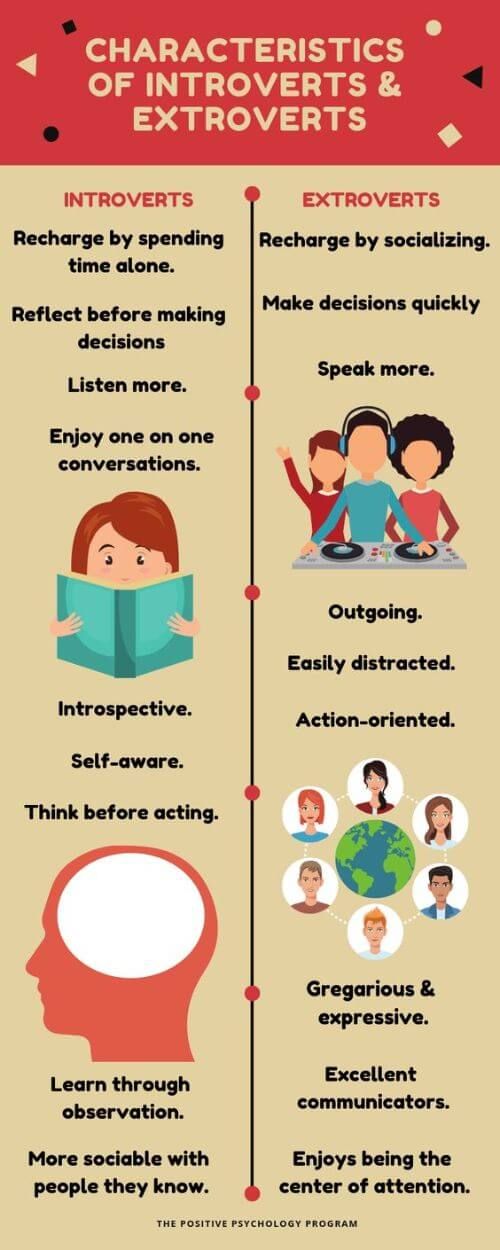Behaviour management plans
What is a Classroom Behavior Management Plan?
What is a Behavior Management Plan?
A behavior management plan is a plan that a teacher puts in place to ensure that they are prepared for students to have an optimal learning environment.
Without proper classroom management, no learning will occur even if you have the best lesson plans on the planet. A behavior management plan includes what you will implement for whole group expectations, rules, and consequences when students choose not to follow them and rewards for when they do.
It should also include small group and station expectations when working independently. You will also want to communicate what you expect from students in other areas of the school, such as the hallway, cafeteria, playground, and particular area when they are with another teacher.
Be careful when discussing your expectations for other teachers’ classrooms; you don’t want to make students feel like they should only follow your expectations when they go to art, music, etc. But it is essential to discuss with them that you want them to be respectful of that teacher, their rules, and that you will hold them accountable for their actions in those classes as well.
When Should You Use a Behavior Management Plan?
Always! This is the most important thing that you will do at the beginning of the year in your classroom. You want to take at least two weeks to review expectations, procedures, rewards, and consequences with your students every day. This seems like a lot of time, but trust me, if you do not take the time to do this, you will regret it later.
The key to a successful behavior management plan is to be consistent. If students see that you do not follow through with what you have set up, then things will unravel quickly, and you will have a chaotic environment that is very hard to gain back control of.
Too many teachers confuse being lackadaisical with their behavior management and being kind and loving toward their students.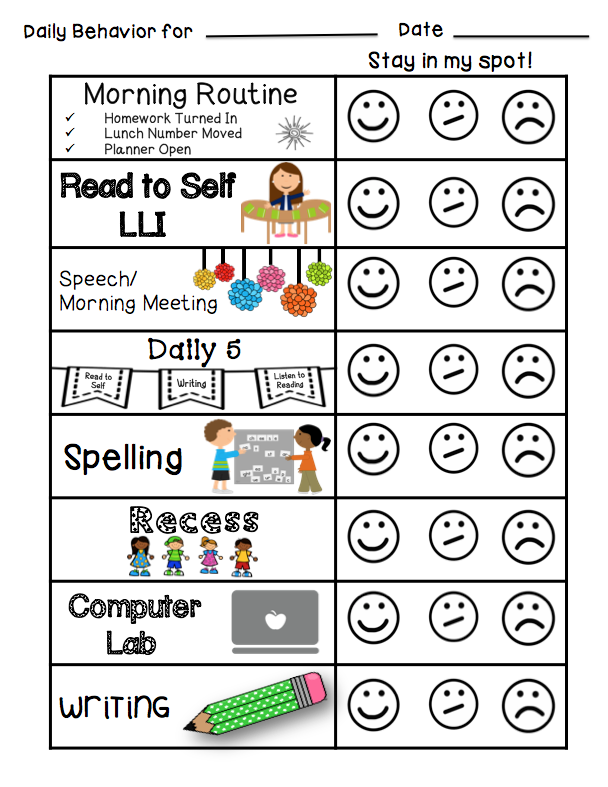 This is not the same thing! You can be kind and loving toward your students and still hold them accountable for their behavior.
This is not the same thing! You can be kind and loving toward your students and still hold them accountable for their behavior.
If you also spend time building relationships with your students at the beginning of the year, they will know that you care about them but still expect them to behave. The key here is discussing, modeling, and teaching them the right behavior.
We have to teach them the expectations because students don’t always receive that at home. We can’t punish a student for misbehaving if we haven’t taught them how we want them to behave in the first place. Have honest conversations with your kids and continuously model behavior for how to treat others.
How to Write an Effective Behavior Management Plan for Your Classroom
An effective behavior management plan should start with classroom rules and expectations. You will want your students to have buy-in, so include them in this process. A great way to start this discussion is with a read-aloud to get them thinking, such as Do Unto Otters by Laurie Keller.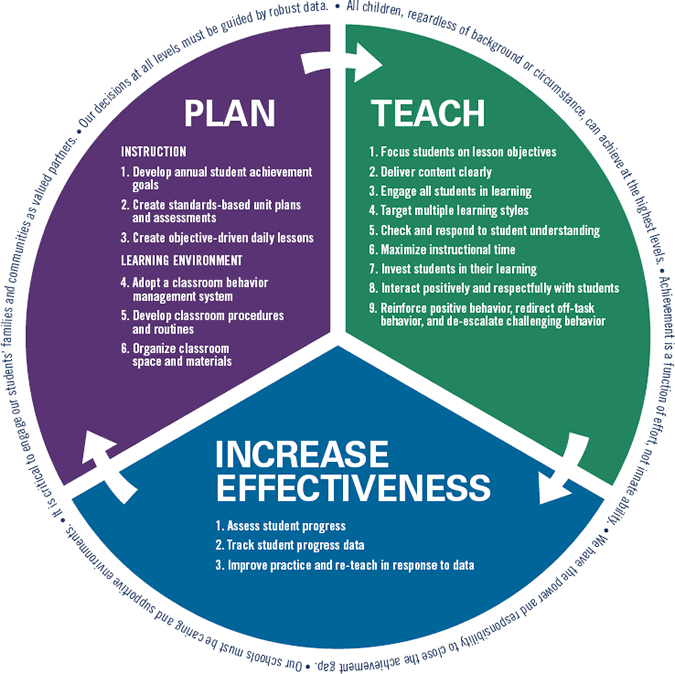
Rules
It would help if you had in mind some rules you can guide your students toward as you discuss the book and ask questions. Record their thoughts on chart paper and use them to establish classroom rules. This way, students feel that they are part of the process and will be more likely to follow them. For example, for playground behavior, read them Mean Jean the Recess Queen.
You can follow the same process to establish recess rules and expectations. Once you have the classroom rules, include those in your behavior management plan. After this, it is a great idea to have students sign a behavior contract. Hang on to these! When a student begins misbehaving or has a bad day, pull out their contract and use it to have a one-on-one conference to discuss their behavior.
Rewards and Consequences
The next step in your plan should be your rewards and consequences. This can also be a class discussion, once again ensuring students feel that what you decide together is fair.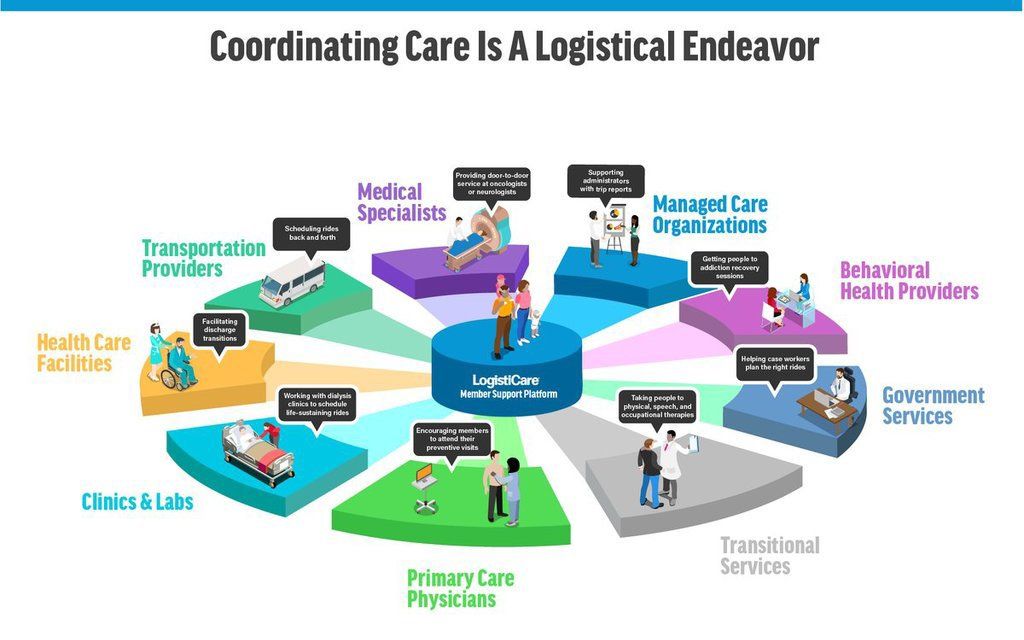 Then make those visible so students know what will happen when they follow the rules and when they don’t. If your school utilizes PBIS, you can implement this and extra rewards to keep students motivated.
Then make those visible so students know what will happen when they follow the rules and when they don’t. If your school utilizes PBIS, you can implement this and extra rewards to keep students motivated.
When establishing consequences, make sure the punishment is fair and reasonable and fits the “crime.” For example, if a student decides they don’t want to do an assignment during reading stations, then a fair and reasonable consequence is a working lunch.
Positive Relationships
Your plan should also include how you plan to establish positive relationships with students. I know it sounds silly to write this into a behavior management plan, but if you spend time thinking about how you are going to intentionally do this and write down how to make that happen, then it becomes concrete. You must be intentional about following through; I can’t tell you how many times I have seen a teacher’s relationship with a student impact their behavior—for the good and bad.
A teacher’s influence can be the best or worst thing in a child’s school experience. If you have to talk to a parent, counselor, or administrator about a child’s behavior, refrain from doing it in front of the student. You need to talk to a student about their behavior, but you should never do that in a way that will embarrass them in front of another adult.
If you have to talk to a parent, counselor, or administrator about a child’s behavior, refrain from doing it in front of the student. You need to talk to a student about their behavior, but you should never do that in a way that will embarrass them in front of another adult.
Expectations
Your plan should also include your expectations for students when working with a small group and when they are working independently or in a collaborative learning setting. Most of your general classroom rules and expectations should apply, but you will also want to ensure you are not interrupted during your small group instruction time.
Establish a few students who can help others if they have questions and talk about when it is okay for a student to interrupt you. You can make this fun! I have seen a teacher use something such as: “If Spiderman knocks on the door, you can interrupt my small group teaching.” Most teachers use something like the 3 B’s: “Do not interrupt unless you are bleeding, barfing, or blue. ” You have to make it memorable for kids! You can also wear a crown or funny headband during small group time to remind students of this particular rule.
” You have to make it memorable for kids! You can also wear a crown or funny headband during small group time to remind students of this particular rule.
Your plan should also include teaching kids to solve conflict, mindfulness techniques, and a calm down kit. If you aren’t sure what these are, do some research—they are great tools for students and will assist you in having a positive, healthy classroom environment.
Put your plan in writing and share it with parents at Meet the Teacher. Inform them that you will be letting the students help you make the classroom rules, and you will send those home after you establish them. Let them take home a copy of your behavior management plan so they can read it and ask questions later; this ensures they are aware of how you handle things and what they can expect for their child during the year.
Remember: building relationships, spending plenty of time teaching kids your expectations, and consistency are the three keys to making your year run smoothly!
*Updated February 20227 Steps to Set-up an Effective Behavior Management Plan
May 10 2021
Positive Action Staff
•
Classroom Management Articles
You’ve been teaching for a while, right now—and it has been going pretty awesomely.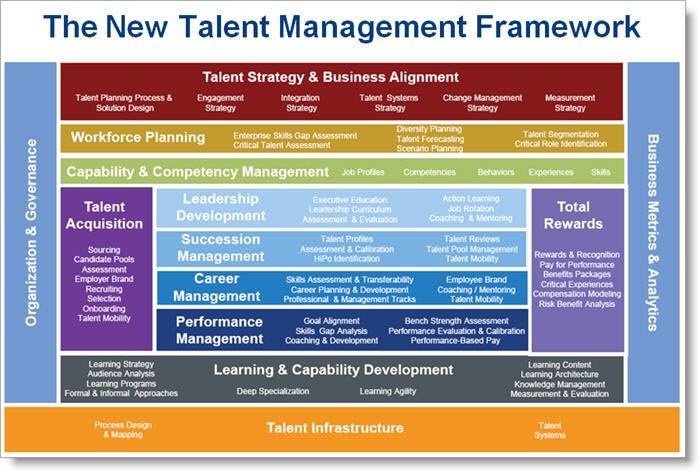 But recently, you might have taken a challenging class that you’re struggling to get under control.
But recently, you might have taken a challenging class that you’re struggling to get under control.
Not the entire class, per se—but some students in your class have behavior issues.
Paper airplanes fly across the room—students racing between desks. You can’t get a word in. If you’re a high school teacher, some of your students are:
- Coming late to class
- Using mobile phones in class
- Not doing class work
- Avoiding homework
But you?
You hang in there. You keep teaching. You’ve even managed to create a little bit of a favorable classroom environment.
The only problem, though:
You’re not pleased.
Sometimes the classroom rules get the students with behavior issues to respect you. Sometimes they don’t. Occasionally, you strike a nerve, and they listen to you.
But never 100% the way you want it.
Are you doing your classroom behavior management wrong?
Is there some management plan you’re missing?
Most importantly, what procedures, rules, and consequences can you make to hold students accountable for their behaviors without scolding or lecturing — while encouraging positive behavior?
Step 1: Differentiate Discipline From Behavior Management Plans
Discipline isn’t synonymous with a classroom behavior management plan.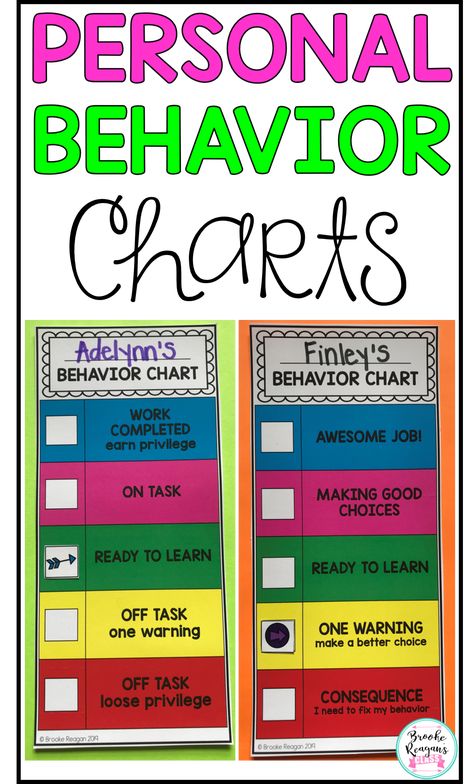 Instead, it’s a feature of a behavior management plan.
Instead, it’s a feature of a behavior management plan.
Discipline describes the consequences you give the students for mishandling rules and procedures. In contrast, behavior management plans tell a set of procedures that aim to prevent behavior problems rather than responding to them.
In the upcoming part, we'll discover the major differences between discipline and a behavior management system.
Discipline
- It’s reactive
- Is problem-driven
- Has negative consequences as punishment
- Promote compliance
- Stops deviant behavior
- Although necessary, discipline causes adversarial relationships
Behavior Management Plan
- It’s proactive
- Is productive driven
- Has behavior accommodation for students with behavior problems
- Promotes responsibility
- Produce predictable behavior
- Improve teacher-student relationship because it’s far effective in improving students’ behavior
Unlike the behavior management plan, you’re not going to use discipline every day.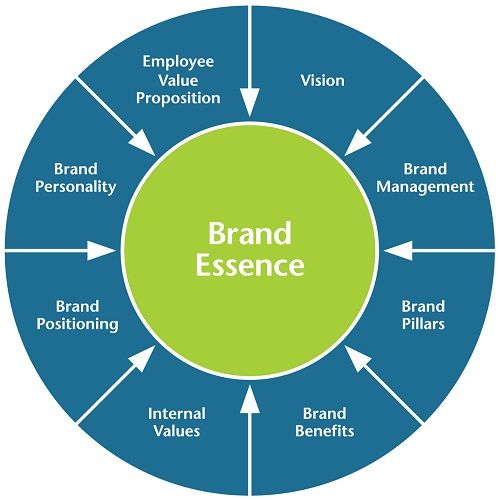
Step 2: Collect Perceptions of Behavioral Issues
Make observations, reflect and collect in-depth observations of behavior. It’s human nature to consider why human behavior happens in a given context, but your initial conclusion might not be accurate.
To maximize the benefits of a behavior management system to your student, your perception as a teacher must be accurate so that you can select the appropriate intervention for a particular behavior.
Ask yourself questions like:
- Why do you believe the behavior is a problem?
- Why do you believe the issue is disruptive to the learning environment of your classroom?
- Does it make you feel frustrated or helpless?
- Why do you think the student with behavior problems chooses to behave the way they do?
- What are the perceptions of other teachers or reactions to such behaviors?
After collecting your perception, consider your students’ views about the behaviors regardless of the grade level.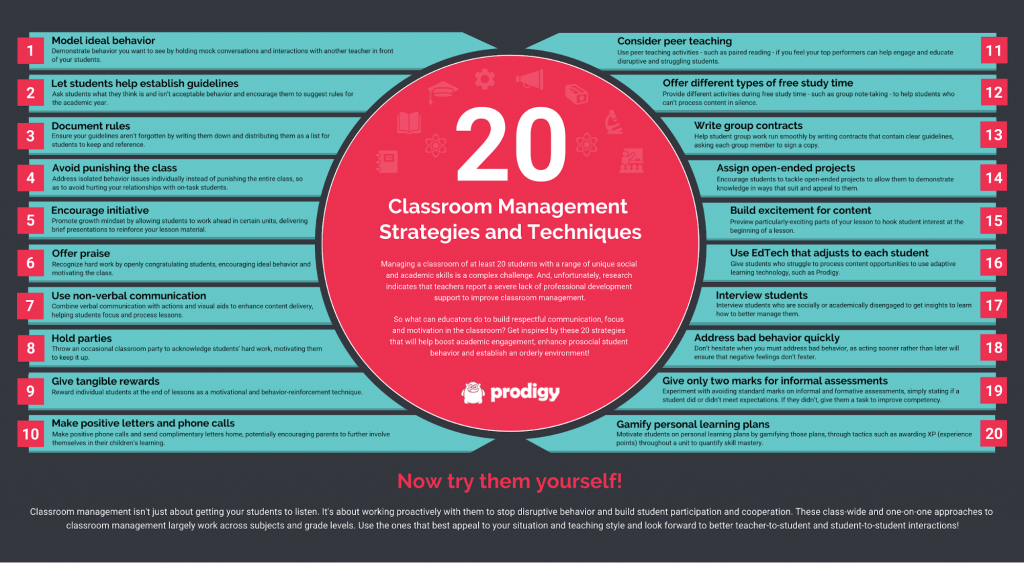 And the best way to get students’ perceptions is a non-directive interview where the interviewer mirrors the student's thoughts.
And the best way to get students’ perceptions is a non-directive interview where the interviewer mirrors the student's thoughts.
Is there a biopsychosocial issue that influences such a behavior? What does the student do when the behavior is active? Does your student believe the behavior is a problem?
How does the behavior make the student feel? Does your student say they choose their behavior? More importantly, what is the view of other students and reactions about the behavior?
After that, attain the perception of parents, former teachers, supervisors, and peer teachers. Then find out the contributing sources. It might be:
- Teacher’s expectations
- Student age, medical or health status, achievement, social development, grade levels, family situation, or friends
- Environmental contribution
- Group arrangement
After collecting perceptions of misbehaviors, next, you’d want to execute context analysis.
Step 3: Analyze the Source of Misbehavior and Make Connections Between Them
What do you believe causes a particular behavior problem?
An example: you have a teaching and learning philosophy.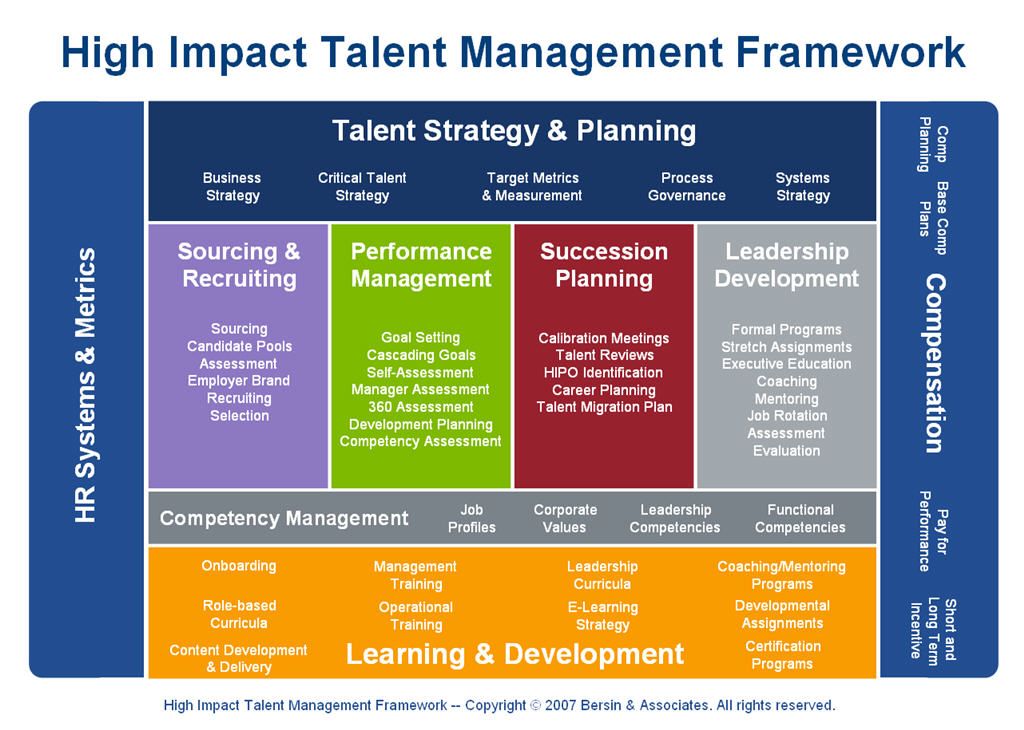 What is its result upon the students who have bad behaviors?
What is its result upon the students who have bad behaviors?
How do such students react to different ways of communication? Are your expectations and perceptions influencing the student’s behavior? Might it be a cultural issue affecting teacher-student interaction?
You need solid answers to the questions above. Then, analyze the student to develop the best consequences that are in line with students’ expectations and perception of being in school.
For example, a student might be misbehaving due to a lifestyle change (loss of a family member, parents divorcing, moving, or separation). While none of those justify misbehavior, you must identify the root cause to plan for behavior modifications while rationalizing why the student might achieve it.
Step 4: Develop Classroom Procedures
Your core aim is to develop relationships. At the same time, you want to implement a brilliant behavior management plan with the least possible friction—which means setting clear procedures for doing things in your class to head off misbehavior problems.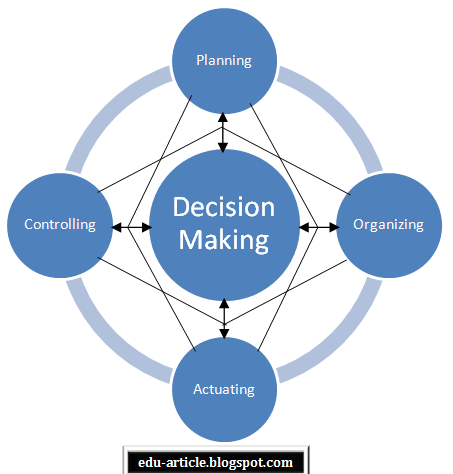
Tell your students the procedures of doing everything in class—from how they should ask questions and prepare for class to how you’ll deal with missed assignments and collect work.
Think all the classroom procedures through ahead of time, then communicate to the students to keep your day running smoothly and establish a standard for your students.
Step 5: Write Rules
As a teacher, you need to set general rules or a classroom management plan to govern the conduct in your class. However, students are more likely to buy into the rules if you include them in the process of creating them.
Start with a list that you consider the bare essentials, then discuss with your students to set rules in their language. Your students will come up with more rules than you can ever imagine. However, to make effective classroom rules, sort the students’ suggestions into four or five major rules, and jot them down positively.
Some examples could include, instead of “no talking when the teacher is talking” and “no touching each other,” write “be quiet when the teacher is talking” and “keep your hands to self.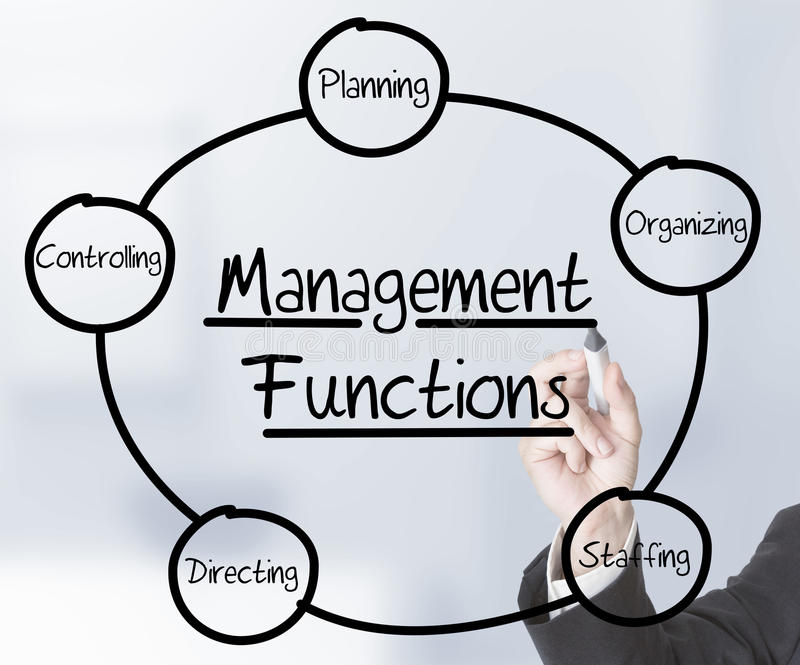 ”
”
The rules list should be short because it’s excruciating to remember a long list.
Step 6: Set-up the Consequences
A healthy rules-and-consequences system is integral in designing a behavior management plan and creating a culture of academic achievement and respect in the classroom.
Before handling any learning goals, your students should have a grip of the consequences in behavior management plans on day one. Plus, you should relay these consequences to parents, too.
Consequences in a behavior management plan will vary depending on the grade level, the goal of behavior modification, and what correction you’re trying to achieve.
For instance, the consequences of disruptive talk are different from those of chronic avoidance of work.
Regardless of the situation, devise positive and negative consequences. Use them consistently and immediately to improve their efficacy.
Step 7: Separate Time for Praises and Rewards in Your Classroom Management Plan
You need to recognize when a student with behavior problems is doing something right.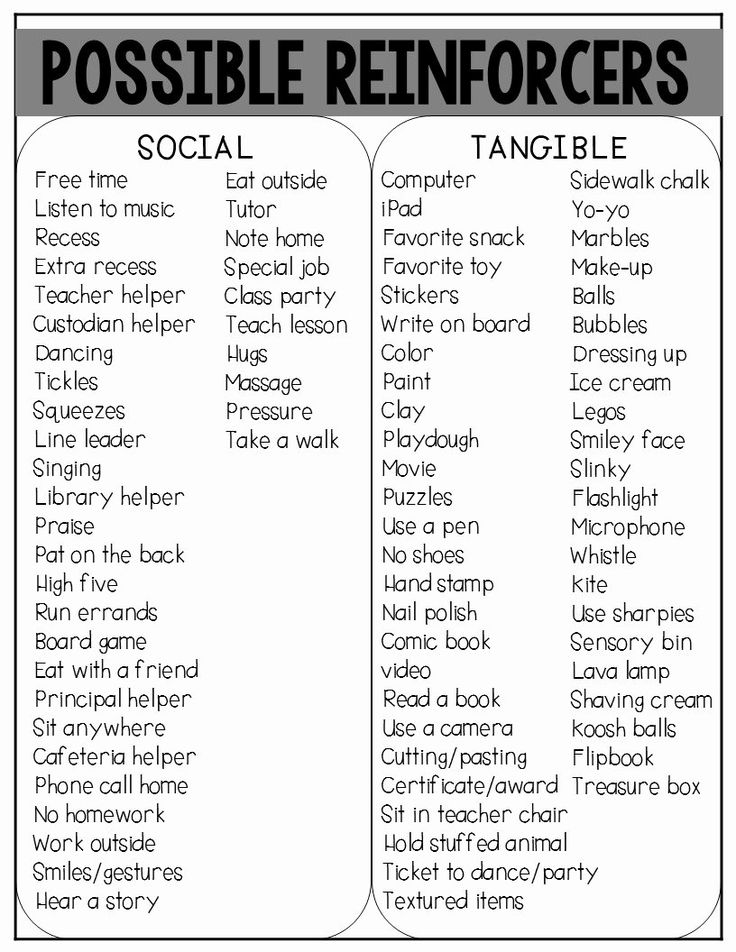 After all, behavior management plans positively influence a student's intrapersonal, social context, and cultural environment.
After all, behavior management plans positively influence a student's intrapersonal, social context, and cultural environment.
When you catch a student who usually misbehaves being good, praise him and give rewards for it because it can make a huge difference in their behavior and how they respond to you.
Rewards are positive consequences of a behavior system that encourages behavior modification in classrooms. When you use it correctly, it motivates students with bad habits to alter non-conventional behavior.
Here are some more reasons why rewards system work:
- It increases the motivation of students who misbehave
- Boost self-esteem as they’re encouraged to achieve another successful result
- It’ll promote and endorse school effort
However, check for devaluation of reward in your behavior management plan because, after some time, rewards stop being surprising. Besides, check that the reward system doesn’t become an addiction—that the student doesn't behave right without them.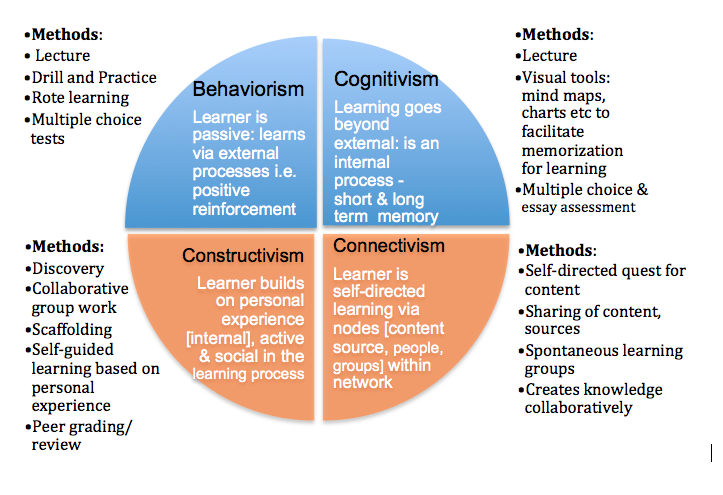
Reform the Whole-School Ecosystem to Improve Even Unpunishable Stubborn Behavior
Let’s say you’ve set a behavior management plan for your class, but it isn’t working maximally because of administration problems—or you’re dealing with bigger behavior issues. You want to:
- Tackle absenteeism that stems from school climate or discipline problem
- Improve student behavior intrapersonally, cultural environmentally, and from the social context
- Prevent alcohol abuse to avoid dependence or abuse in adulthood
- Reduce gang formation (if that’s a problem in the surrounding community)
- Reverse dropout pattern by creating a positive school environment (where students and teachers enjoy spending time)
Correcting such issues is a tall order and might demand reformation of the school’s entire ecosystem—family, community, and the administration.
The best approach you can take is to enroll in an evidence-based, whole-school reformation model to help you modify serious behavior problems.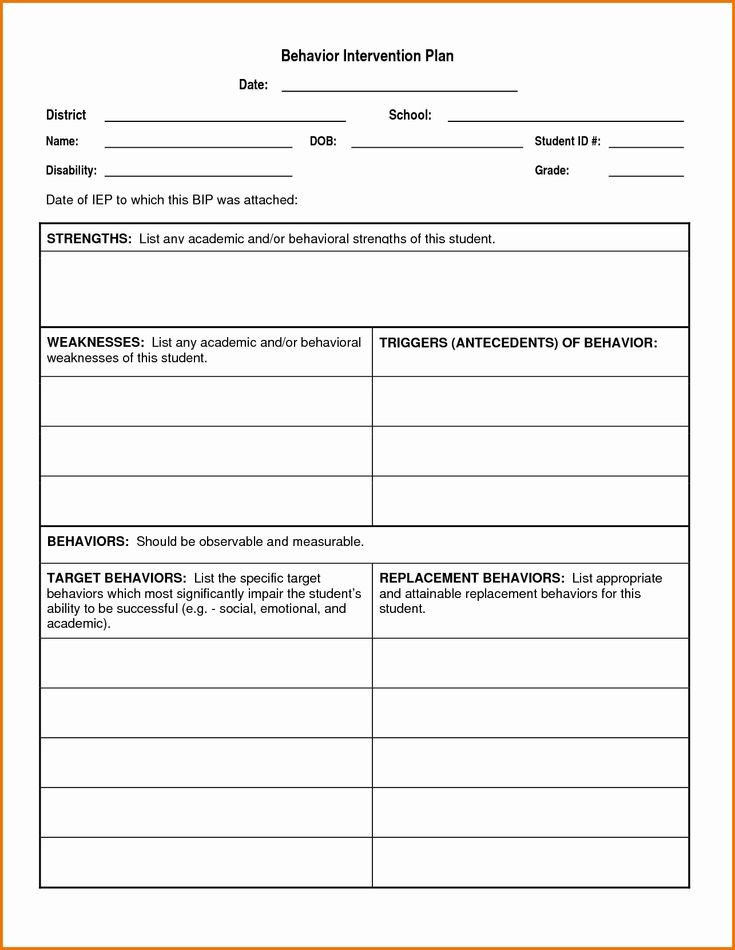 Positive Action presents you with such a model.
Positive Action presents you with such a model.
4.2.3.1. Project management plan. Guide to the Project Management Body of Knowledge (PMBOK® Guide). Sixth edition. Agile Practice Guide
The project management plan is a document that describes how the project will be executed, monitored and controlled, and closed. It combines and consolidates all sub-management plans and baselines, as well as other information needed to manage the project. The need for project management plan components is determined based on the needs of the project.
Project management plan components include, but are not limited to:
? Auxiliary management plans, namely :
• Content Management Plan . Described in section 5.1.3.1. Establishes the procedure for defining, developing, monitoring, controlling and validating content.
• Requirements Management Plan . Described in section 5.1.3.2. Establishes procedures for reviewing, documenting, and managing requirements.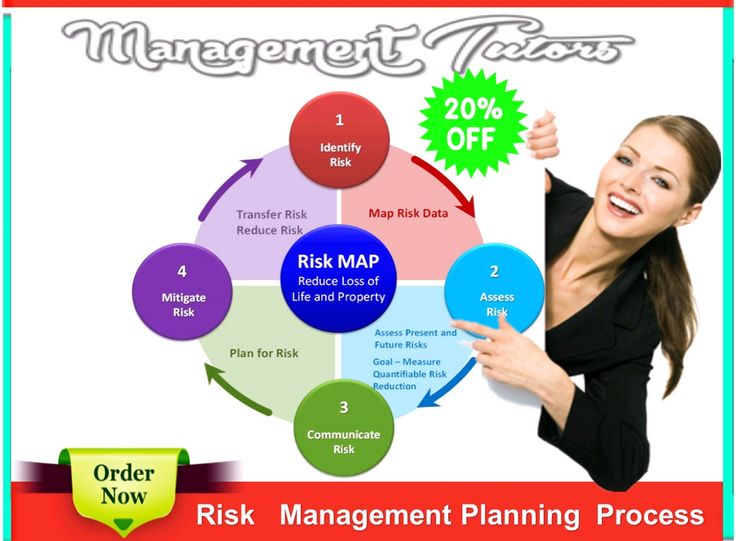
• Schedule Control Plan . Described in section 6.1.3.1. Establishes criteria and activities for the development, monitoring and control of the schedule.
• Cost management plan . Described in section 7.1.3.1. Establishes the procedure for planning, determining the cost structure and controlling it.
• Quality management plan . Described in section 8.1.3.1. Establishes the implementation of policies, methodologies and quality control standards within the project.
• Resource Management Plan . Described in section 9.1.3.1. Provides guidance on how to define project resource categories, allocate, manage, and release them.
• Communications Management Plan . Described in section 10.1.3.1. Establishes the procedure, deadlines and responsible persons for the administration and dissemination of information about the project.
• Risk management plan . Described in section 11.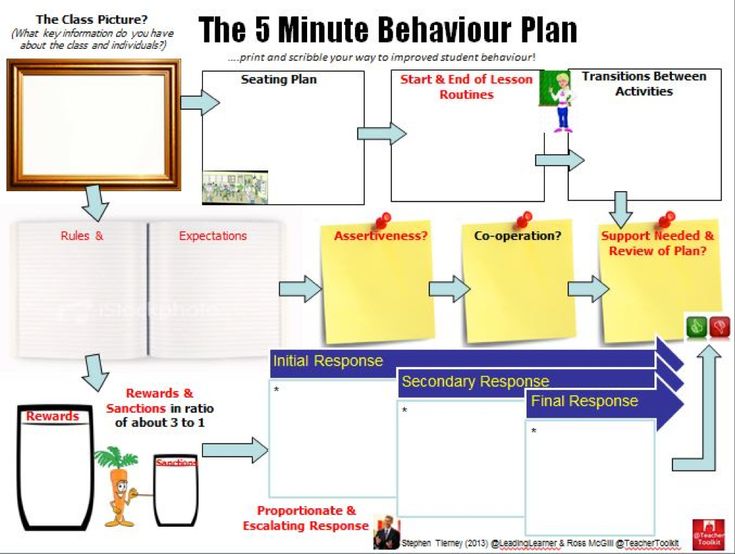 1.3.1. Establishes the procedure for structuring and implementing risk management measures.
1.3.1. Establishes the procedure for structuring and implementing risk management measures.
• Purchasing management plan . Described in section 12.1.3.1. Establishes the procurement of goods and services by the project team from external vendors of the performing organization.
• Stakeholder Engagement Plan . Described in section 13.2.3.1. Establishes the procedure for involving stakeholders in the decision-making process and project execution in accordance with their needs, interests and influence.
? Basic plans, namely:
• Maintenance plan . Described in section 5.4.3.1. An approved version of the scope statement, work breakdown structure (WBS) and associated WBS vocabulary that is used as a basis for comparison.
• Basic schedule . Described in section 6.5.3.1. An approved version of the schedule model that is used as a basis for comparison with actual results.
• Base plan at cost .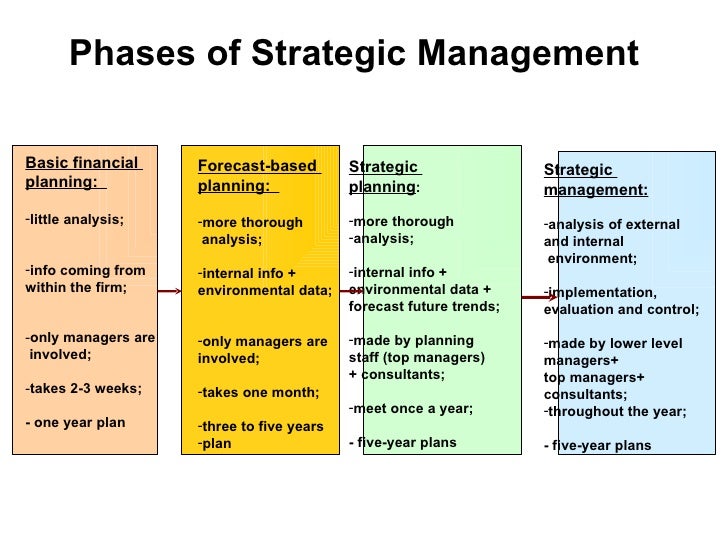 Described in section 7.3.3.1. An approved version of the project's time-based budget that is used as a basis for comparison with actual results.
Described in section 7.3.3.1. An approved version of the project's time-based budget that is used as a basis for comparison with actual results.
? Accessories . Most of the components of a project management plan are the output of other processes, but some of them are produced during this process. The components that are part of the output of a given process depend on the specifics of the project, but often include, among others:
• Change Management Plan . Describes how to formally authorize and accept change requests throughout the life of the project.
• Configuration management plan . Describes how project elements and information about them should be documented and updated so that the product, service, or deliverable of the project remains consistent and/or functioning.
• Basic execution plan . An integrated scope-schedule-cost plan for project work against which project performance is compared to measure and manage progress.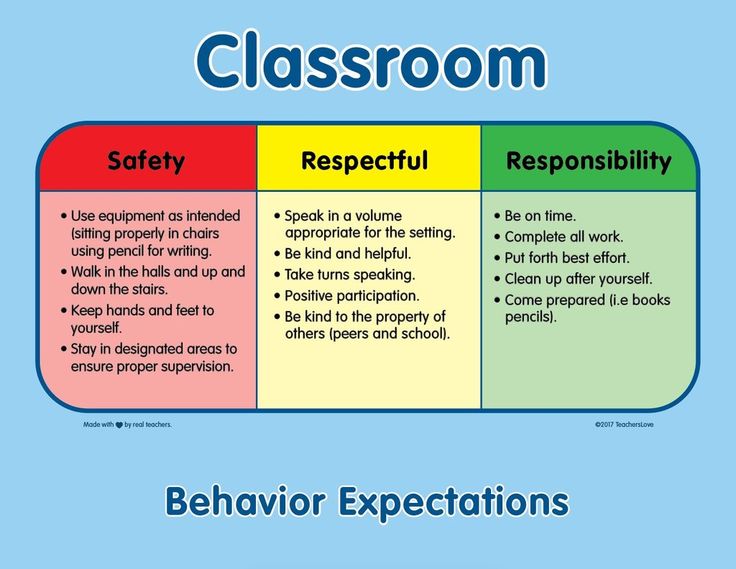
• Project lifecycle . Describes the set of phases a project goes through from its inception to its completion.
• Development approach . Describes approaches to developing a product, service, or result using a predictive, iterative, agile, or hybrid model as an example.
• Management Review . Identifies the points during project implementation when the project manager and relevant stakeholders review project progress to determine if the project is performing as expected or if preventive or corrective action is required.
Although the project management plan is one of the main documents used to manage a project, other project documents are also used. These other documents are not part of the project management plan, but are necessary for the effective management of the project. Table 4-1 provides a typical list of project management plan components and project documents.
Table 4-1. Project management plan and project documents
This text is an introductory fragment.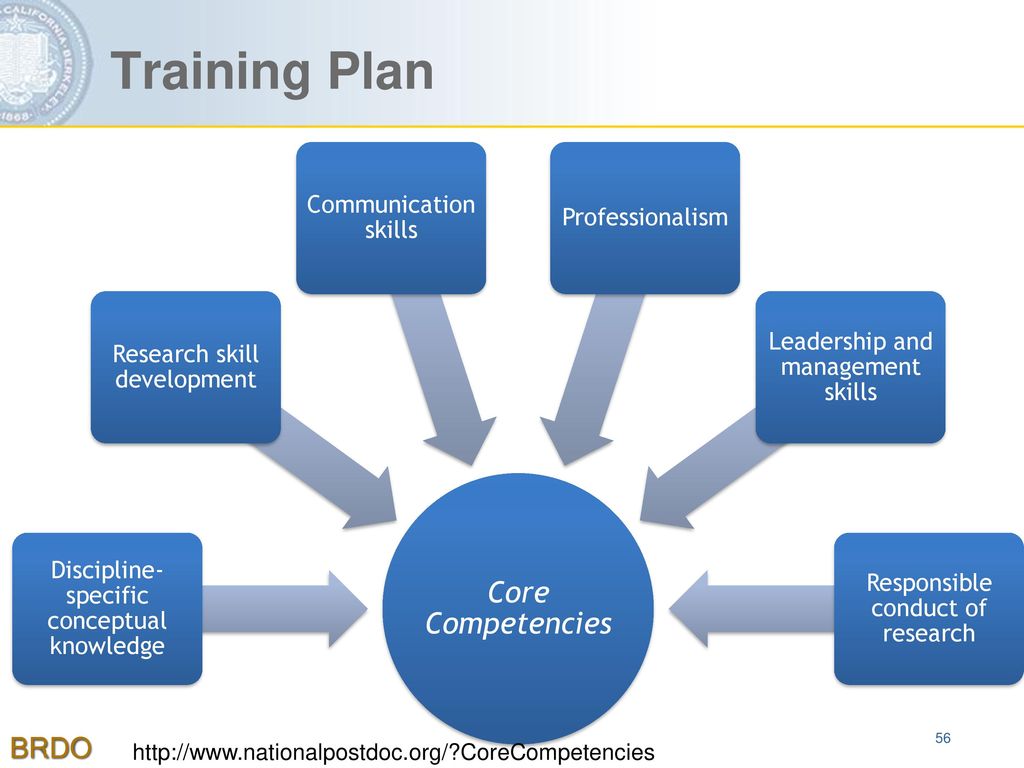
Rules of Conduct in a Terrorist Attack - Public Safety Manuals
It is impossible to prepare for a terrorist attack in advance, so you should always be on your guard.
Rule of thumb: avoid unnecessarily visiting regions, cities, places and events that may attract the attention of terrorists.
General recommendations:
- pay attention to suspicious people, objects, any suspicious little things. Report anything suspicious to law enforcement;
- never accept packages and bags from strangers, do not leave your luggage unattended;
- the family must have a contingency plan, all family members must have phone numbers, email addresses.
- you need to designate a meeting place where you can meet with your family members in an emergency;
- in case of evacuation, take a set of essentials and documents with you;
- always find out where the emergency exits from the premises are;
- in the house it is necessary to strengthen and seal the entrances to the basements and attics, install an intercom, clear the stairwells and corridors from cluttering objects;
- organize a duty of the residents of your house, who will regularly go around the building, observing that everything is in order, paying special attention to the appearance of unfamiliar faces and cars, unloading bags and boxes;
- if there is an explosion, fire, earthquake, never use the elevator;
- try not to panic, no matter what happens.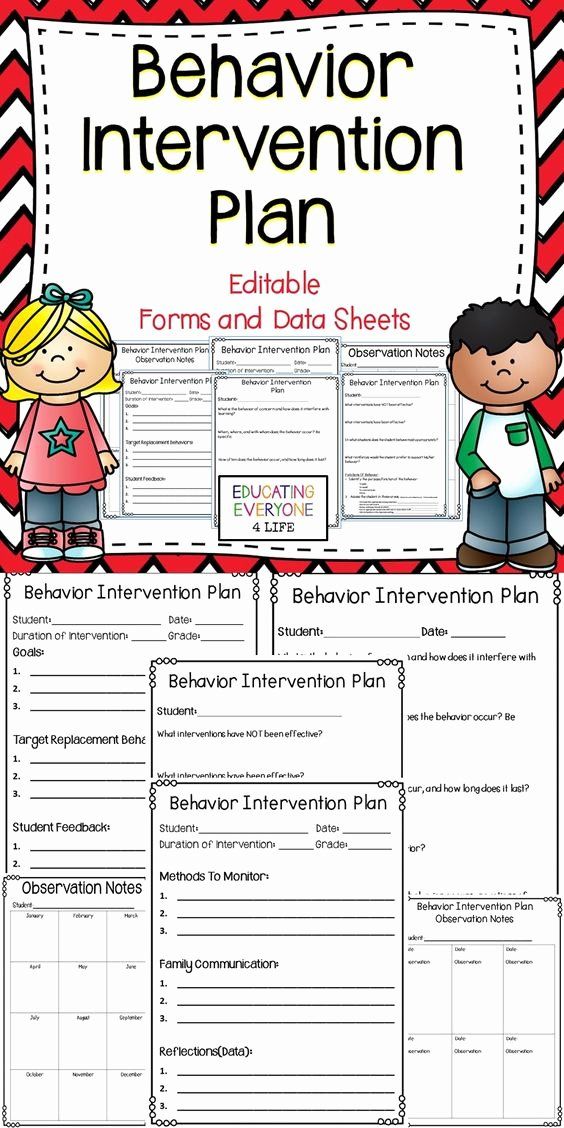
Crowd behavior:
Terrorists often choose to attack crowded places. In addition to the actual damaging factor of a terrorist act, people are killed and injured as a result of a stampede that arose as a result of panic. Therefore, it is necessary to remember the following rules of behavior in the crowd:
- Avoid large crowds.
- Do not join the crowd, no matter how much you want to see the events taking place.
- If you find yourself in a crowd, let it carry you, but try to get out of it.
- Inhale deeply and spread your arms bent at the elbows slightly to the sides so that the chest is not squeezed.
- Try to stay away from tall and large people, people with bulky objects and large bags.
- By all means try to stay on your feet.
- Keep your hands out of your pockets.
- While moving, raise your legs as high as possible, place your foot on a full foot, do not mince, do not rise on tiptoe.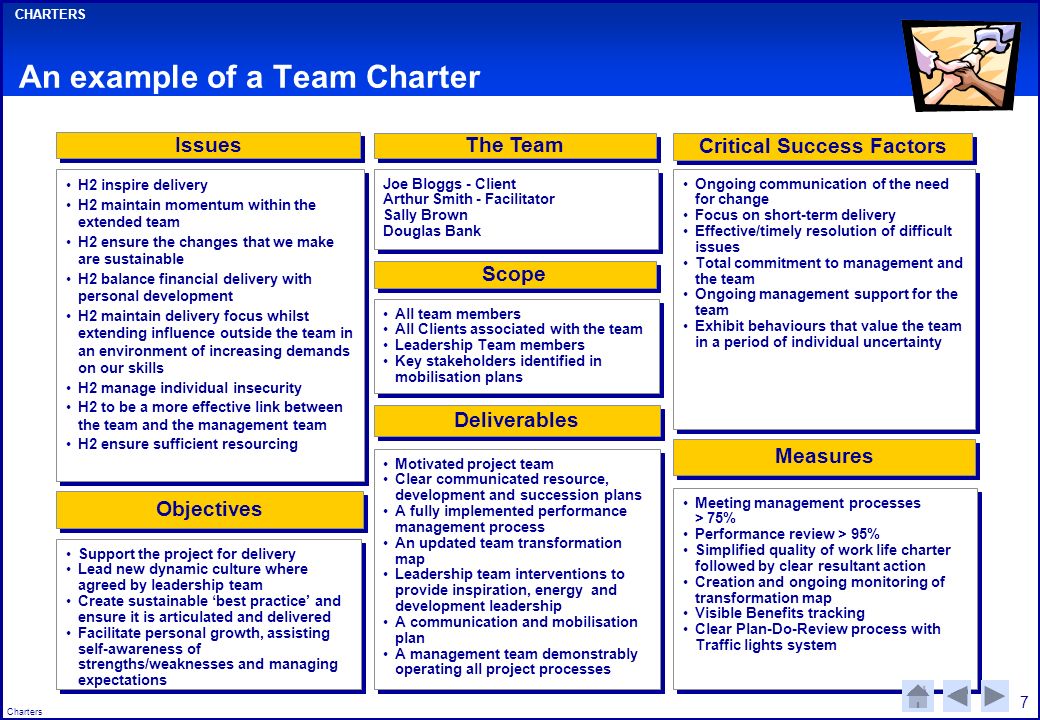
- If the crush becomes threatening, immediately, without hesitation, get rid of any burden, especially a bag with a long belt and a scarf.
- If something is dropped, never bend down to pick it up.
- If you fall, try to get back on your feet as quickly as possible. At the same time, do not lean on your hands (they will be crushed or broken). Try to stand on your soles or on your toes at least for a moment. Having found support, “emerge”, sharply pushing off the ground with your feet.
- If you cannot get up, curl into a ball, protect your head with your forearms, and cover the back of your head with your hands.
Once in a crowded room, determine in advance which places are the most dangerous in case of an emergency (passages between sectors in the stadium, glass doors and partitions in concert halls, etc.), pay attention to emergency and emergency exits, mentally do way to them.
The easiest way to hide from the crowd is in the corners of the hall or near the walls, but it is more difficult to get to the exit from there.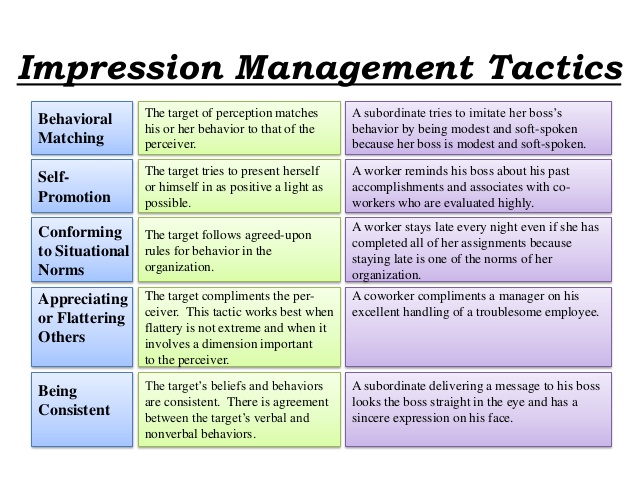
When panicking, try to remain calm and able to assess the situation soberly.
Do not join the protesters "for the sake of interest." First, find out if the rally is sanctioned, what the speakers are campaigning for.
Do not join unregistered organizations. Participation in the activities of such organizations may result in criminal penalties.
During riots, try not to get into the crowd, both participants and spectators. You can fall under the actions of special forces soldiers.
When taken hostage:
Any person, by coincidence, can become a hostage of criminals. At the same time, they can achieve political goals, receive ransoms, etc. In all cases, your life becomes a bargaining chip for terrorists. Capture can occur in transport, in an institution, on the street, in an apartment. If you are taken hostage, we recommend that you adhere to the following rules of conduct:
- basic rule - do not allow actions that can provoke attackers to use weapons and lead to human casualties;
- endure deprivation, insults and humiliation.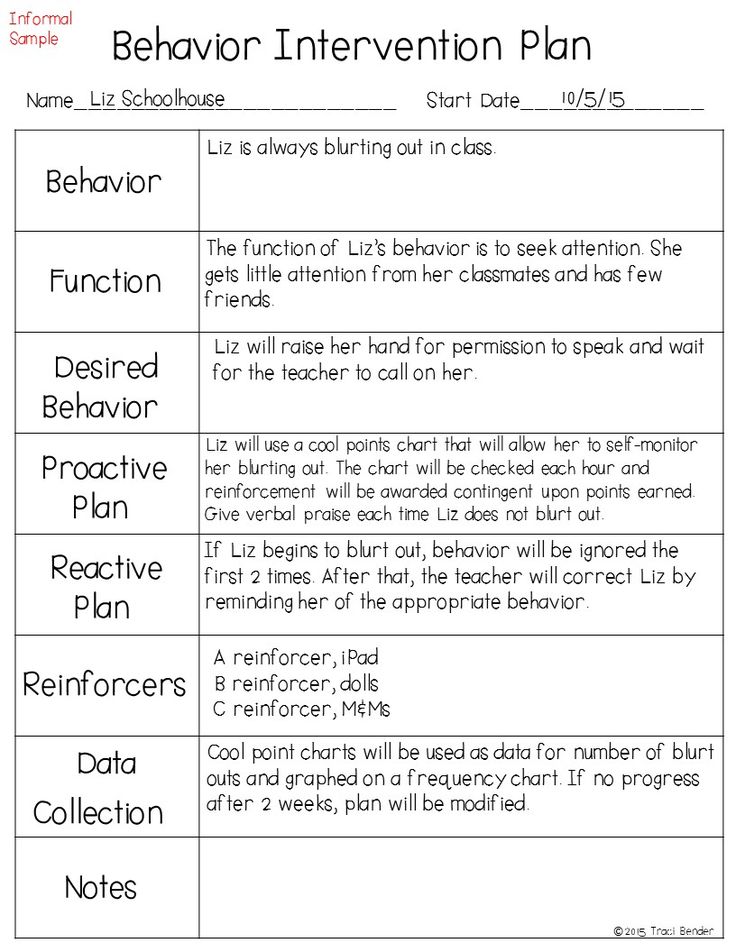 Do not look into the eyes of criminals, do not behave defiantly;
Do not look into the eyes of criminals, do not behave defiantly;
- if necessary, follow the requirements of criminals, do not contradict them, do not risk the lives of others and your own. Try to avoid tantrums and panic;
- to perform any action (sit down, get up, drink, go to the toilet), ask permission;
- if you are injured, try not to move, this will reduce blood loss.
Remember - your goal is to stay alive. Be careful, try to remember the signs of criminals, the distinctive features of their faces, clothes, names, nicknames, possible scars and tattoos, speech and behavioral features, conversation topics, etc. Remember that having received a message about your capture, the special services have already begun to act and will take all necessary actions to free you. During the operation by the special services to release you, strictly observe the following requirements:
- lie face down on the floor, cover your head with your hands and do not move;
- under no circumstances run towards or away from the secret services, as they may take you for a criminal;
- if possible, stay away from door and window openings.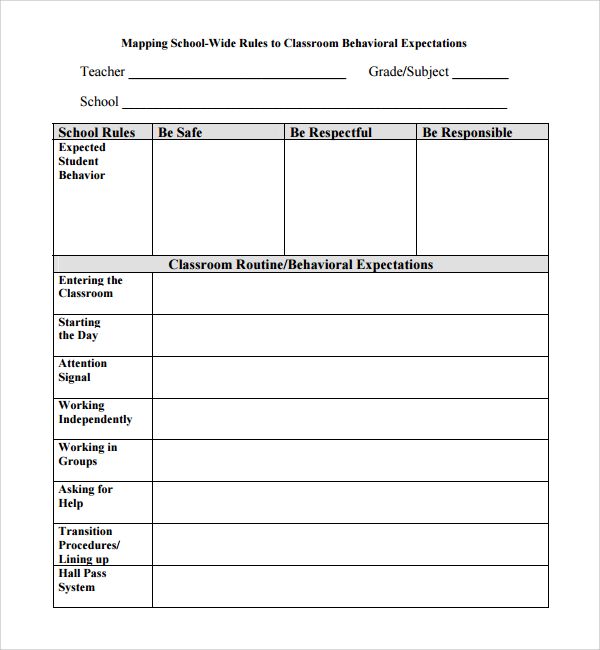
You may find yourself in a situation where you become aware of an impending or committed crime, perhaps someone knows about an impending crime against you. As you lead, so, perhaps, others will behave.
In the event of a terrorist attack:
- Always be aware of the situation around you, especially when you are at transport facilities, cultural and entertainment, sports and shopping centers.
- If you find forgotten things, without touching them, notify the driver, employees of the facility, security service, police. Do not try to look inside a suspicious package, box, or other item.
- Do not pick up abandoned things, no matter how attractive they look.
- Explosive devices (in beer cans, cell phones, etc.) can be camouflaged in them. Do not kick objects on the ground outside.
- If the security forces and law enforcement agencies suddenly become more active, do not show curiosity, go in the other direction, but do not run, so that you will not be mistaken for the enemy.